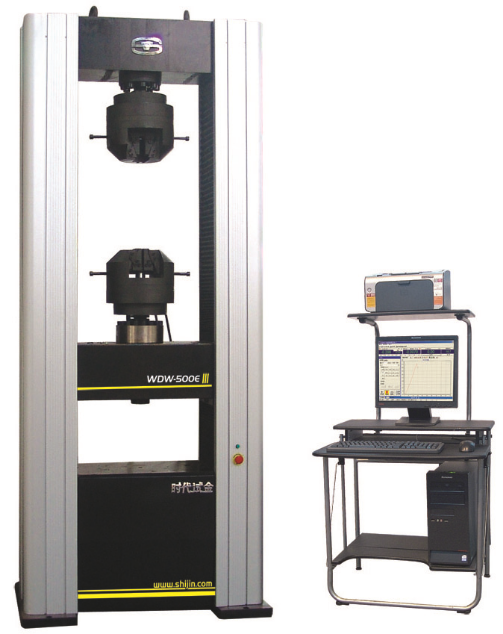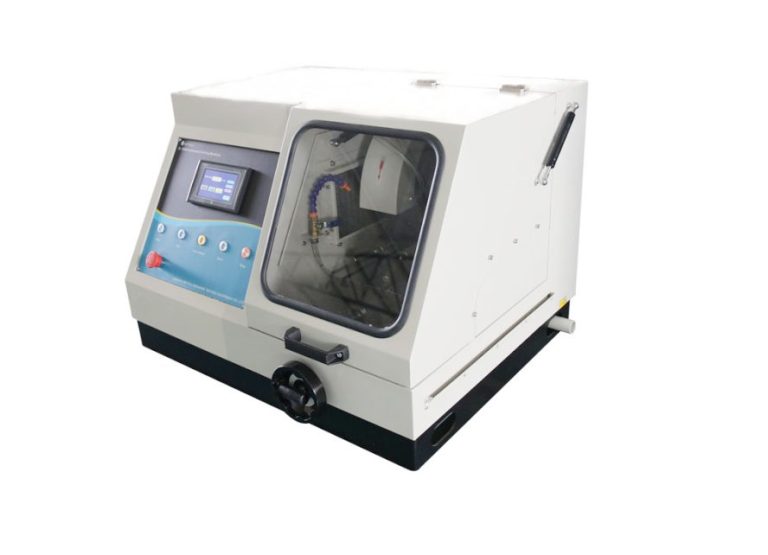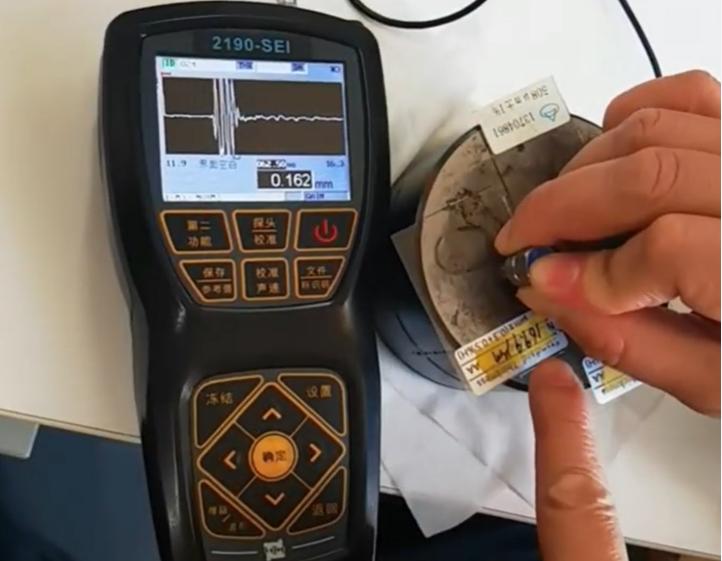In the realm of material testing, understanding the tools and machines available is crucial for engineers, researchers, and quality control professionals. Among these tools, the Universal Testing Machine (UTM) and the tensile strength machine are two commonly used devices. While they may seem similar, they serve distinct purposes and have unique features. This article explores the differences between these two types of testing machines, focusing on their applications, functionalities, and capabilities.

What is a Universal Testing Machine (UTM)?
A Universal Testing Machine (UTM) is a versatile device designed to test the mechanical properties of materials. It can perform a variety of tests, including tensile, compression, bending, and shear tests. The UTM consists of a load frame, a control system, and various grips and fixtures to hold the test specimens.
Key Features of UTM:
– Multi-functionality: UTMs can conduct different types of tests beyond tensile strength, making them suitable for a wide range of materials.
– Precision and Accuracy: Equipped with advanced sensors and control systems, UTMs provide precise measurements of force and displacement.
– Data Analysis: Most UTMs come with software that allows for real-time data collection, analysis, and reporting, making it easier to interpret results.
What is a Tensile Strength Machine?
A tensile strength machine, often referred to as a tensile testing machine, is specifically designed to measure the tensile strength of materials. This machine applies a uniaxial tensile load to a specimen until it fractures or deforms, providing essential data about the material’s strength, ductility, and elasticity.
Key Features of Tensile Strength Machines:
– Specialized Functionality: These machines focus exclusively on tensile testing, making them less versatile than UTMs but highly effective for this specific purpose.
– Simplified Design: Tensile strength machines typically have a simpler design, which may result in lower costs and easier operation for specific tensile tests.
– Direct Measurement: The primary output of a tensile strength machine is the stress-strain curve, which provides detailed insights into the material’s behavior under tension.
Key Differences
1. Functionality:
– UTM: Capable of performing multiple types of tests (tensile, compression, flexural, etc.).
– Tensile Strength Machine: Specifically designed for tensile testing only.
2. Versatility:
– UTM: Highly versatile, suitable for a wide array of materials and testing requirements.
– Tensile Strength Machine: Focused on tensile testing, making it less versatile but more specialized.
3. Complexity:
– UTM: More complex due to its multi-functionality and advanced features.
– Tensile Strength Machine: Generally simpler, with a straightforward setup for tensile tests.
4. Cost:
– UTM: Typically more expensive due to its advanced capabilities and versatility.
– Tensile Strength Machine: Usually more affordable, making it accessible for specific testing needs.
Both the Universal Testing Machine and the tensile strength machine play vital roles in material testing. The UTM offers versatility and the ability to perform various tests, making it suitable for comprehensive material analysis. On the other hand, the tensile strength machine is specialized for measuring tensile properties, providing accurate data for specific applications. When selecting a testing machine, it is essential to consider the specific testing requirements and the type of materials involved to choose the most suitable device for your needs.







